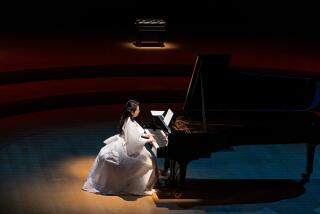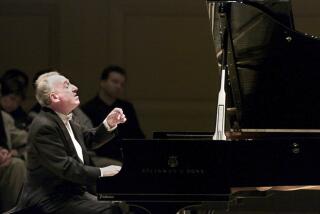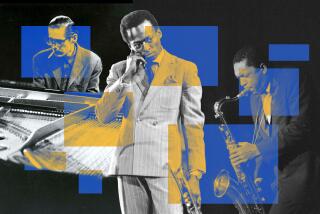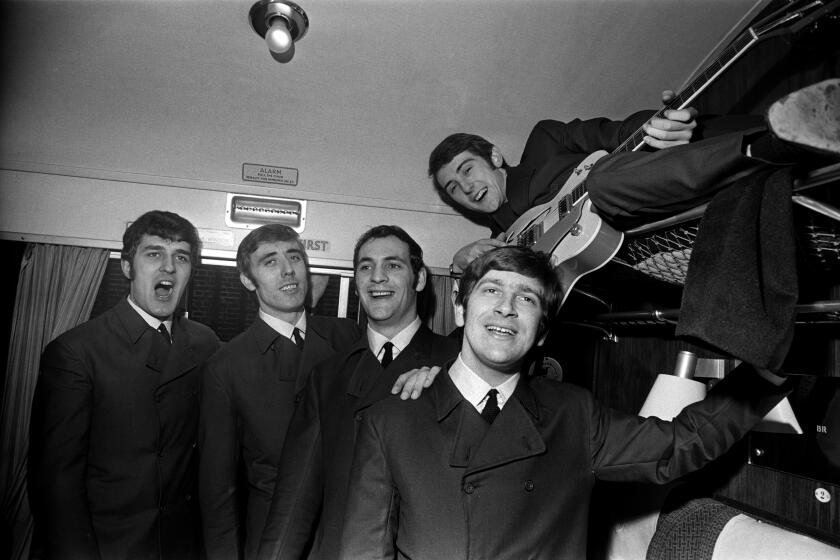John Cage: A multimedia appreciation on his 100th birthday
What Jean-Luc Godard is to film and Marcel Duchamp was to the visual arts, John Cage was to music -- a radical experimentalist who constantly sought to reinvent the art form. Boldly conceptual -- and to many, frustratingly impenetrable -- his pieces stand among the most important works of music created in the 20th century.
Cage was born 100 years ago Wednesday in Los Angeles. His father, John, was an inventor, and his mother, Lucretia, held an editing job at the Los Angeles Times. The young Cage studied at UCLA under Arnold Schoenberg and later embarked on an international career, settling eventually in New York.
His formidable body of work can often seem forbidding. His output was broad and deep; his music was never meant to be accessible in the populist sense.
JOHN CAGE: An L.A. story | Timeline | Music | Inspiration | Critic’s Notebook | Events
The most often cited of Cage’s compositions is “4’33,” a piece that requires the performer to remain silent for four minutes and 33 seconds. Like much of Cage’s work, the 1952 piece rests somewhere between music and performance art, a deliberate muddying of cultural categories.
It seemed that Cage, who died in 1992, never stopped composing, or at least creating in some way. He made excursions into the visual arts and theater. He had a long professional and personal association with choreographer Merce Cunningham. Their intertwined lives served as a further testament to Cage’s interest in the blurring of artistic boundaries.
Cage, it has been said, was a composer’s composer -- which is to say that he was influential while at the same time being somewhat esoteric for the casual music listener. His imprint can be felt in the music of numerous composers, ranging from pop to modern classical to avant-garde.
The centenary of Cage’s birth has occasioned a number of celebrations around the world. In Southern California, the roster of events includes the Cage 100 Festival in Santa Monica, organized by the music group Jacaranda; “Cage at UCLA,” a program of performances and discussions; and “Cage-O-Rama: A Centennial Celebration in Music,” at Pomona College.
Times music critic Mark Swed recently delved into Cage’s life and career in a Sunday Art & Books essay. Art critic Christopher Knight also offered his assessment of Cage’s side career as a visual artist.
The Times has also published interactive features on Cage, including a biographical timeline, a selection of his music and a map of prominent Cage locations in L.A.
RELATED:
John Cage’s genius an L.A. story
Graphic: John Cage’s Los Angeles
In art as in music, John Cage reveals the world within
More to Read
The biggest entertainment stories
Get our big stories about Hollywood, film, television, music, arts, culture and more right in your inbox as soon as they publish.
You may occasionally receive promotional content from the Los Angeles Times.







